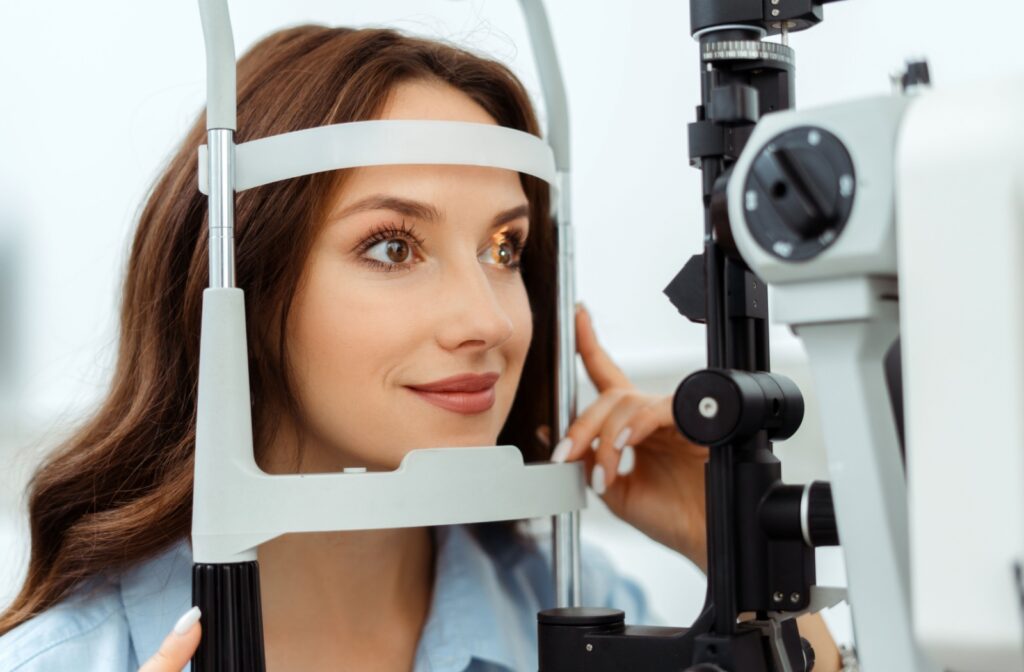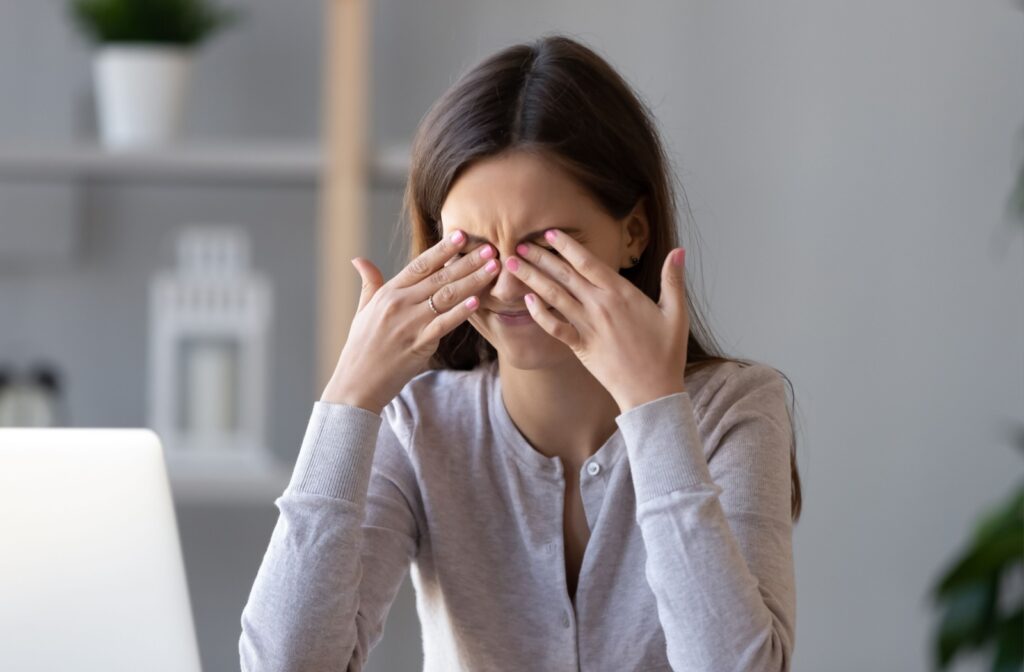Dry eye disease is a common condition that affects people of all ages, often leading to irritation, blurred vision, and discomfort that can impact daily life. Two of the most well-known treatment options are intense pulsed light (IPL) therapy and LipiFlow. Both focus on addressing issues with the meibomian glands, which are responsible for producing the oily layer of the tear film.
Both intense pulsed light (IPL) and LipiFlow can help improve meibomian gland function for dry eye, but the choice between them depends on whether inflammation or gland blockages are the primary cause of symptoms. While they share the same goal, relieving symptoms and supporting healthy tear production, the way they work and what patients might expect can be quite different.
Understanding IPL Therapy
Intense pulsed light (IPL) therapy was originally developed in dermatology for treating skin concerns, but it has since been adapted for eye care. It works by using pulses of light applied to the skin near the eyes, targeting abnormal blood vessels that can contribute to inflammation and meibomian gland dysfunction. By reducing inflammation, IPL can help the glands function more effectively and restore balance to the tear film.
Pros of IPL
- Addresses inflammation that may be driving dry eye symptoms
- Noninvasive treatment performed in the office
- Can improve meibomian gland function and overall tear quality
- Often considered helpful for patients with ocular rosacea
Cons of IPL
- May require multiple treatment sessions for results
- Some patients experience mild discomfort during the procedure
- Not suitable for everyone, especially those with certain skin types or conditions
- Results can vary depending on the severity of meibomian gland dysfunction
Understanding LipiFlow
LipiFlow is a device specifically designed for dry eye treatment. It uses a combination of heat and gentle massage to unblock the meibomian glands directly. The device is placed on the eyelids, warming the glands from the inside while applying precise pressure to help remove blockages and improve the flow of oils into the tear film.
Pros of LipiFlow
- Targets the meibomian glands directly and effectively
- Provides both heat and massage in one treatment
- Treatment is relatively quick, often taking around 12 minutes for both eyes
- Some patients notice improvement after a single session
Cons of LipiFlow
- May need to be repeated periodically, depending on gland health.
- Mild discomfort is possible, though many find it tolerable
- Effectiveness can vary based on how advanced the gland dysfunction is
Comparing IPL & LipiFlow
When deciding between IPL and LipiFlow, it helps to consider the root cause of dry eye symptoms. While both therapies are designed to improve gland function, their approaches are distinct. Your optometrist can help guide you in the right direction based on your needs.
IPL is particularly well-suited for patients whose dry eye symptoms are linked to inflammation, such as those with ocular rosacea. It not only targets the glands but also works on reducing the blood vessels that may be contributing to chronic irritation.
LipiFlow, on the other hand, is a direct mechanical approach, focusing on physically clearing out the glands so they can produce oil more effectively.
Some patients may benefit from one therapy over the other, while others may find that a combination of treatments provides satisfactory results.
Which Treatment Is Right for You?

Both IPL and LipiFlow have their advantages and limitations. The right choice often comes down to what is driving your dry eye symptoms and what feels manageable in terms of time, comfort, and budget. For some, IPL’s ability to target inflammation makes it the better option, while others may prefer LipiFlow’s more direct approach to clearing gland blockages.
Because dry eye disease can have multiple causes, it’s always important to start with a thorough eye exam. This allows your eye care professional to assess the health of your meibomian glands, the quality of your tears, and any underlying inflammatory factors. From there, they can recommend which treatment, or combination of treatments, can support your eye health.
A Supportive Approach to Dry Eye Care
Deciding between IPL and LipiFlow can feel like a big choice, but the good news is that both therapies are designed with the same purpose: helping you find relief from the ongoing discomfort of dry eye disease. By working with a trusted eye care team, you can feel confident that your treatment plan is tailored to your specific needs.
At Lowy & Sewell Eye Care, patients in Vaughan have access to dry eye treatments, including IPL therapy and LipiFlow, delivered in a compassionate and professional setting. Our focus on technology-driven, family-friendly care means you’ll receive support every step of the way. If you’ve been struggling with dry eye symptoms, book an appointment to learn more about which treatment option might be right for you.



